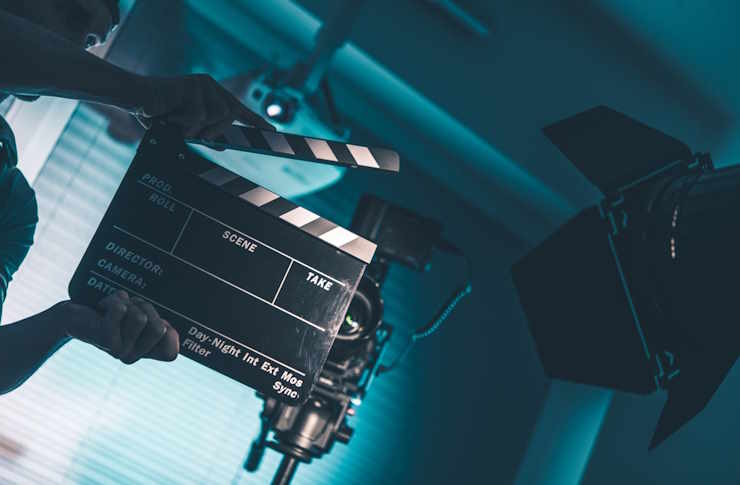Mastering Cinematography Techniques: A Comprehensive Guide
Cinematography is the art and science of capturing moving images that tell compelling visual stories. Whether you're an aspiring filmmaker or a seasoned professional, understanding core cinematography techniques is essential for creating powerful visual narratives. This comprehensive guide explores the fundamental elements and advanced concepts that form the backbone of professional cinematography.

What Are the Essential Components of Cinematography?
Cinematography combines several crucial elements to create compelling visuals. The three primary components include camera movement, composition, and lighting. A skilled cinematographer must master the technical aspects of camera operation while developing an artistic eye for visual storytelling. Understanding these fundamentals helps create shots that enhance narrative impact and emotional resonance.
How Does Lighting Shape Cinematic Storytelling?
Lighting is perhaps the most transformative element in cinematography. Professional cinematographers use various lighting techniques, from three-point lighting setups to natural light manipulation, to create mood and atmosphere. Key lighting considerations include intensity, color temperature, and shadow placement. The interplay between light and shadow can dramatically affect how audiences perceive scenes and characters.
What Role Does Camera Movement Play in Film?
Camera movement serves as a powerful storytelling tool that guides viewer attention and creates emotional impact. Common techniques include dolly shots, steadicam movements, crane shots, and handheld operations. Each movement style conveys different psychological effects - smooth tracking shots can create elegance and stability, while handheld footage may convey urgency or chaos.
How Does Composition Impact Visual Storytelling?
Strong composition relies on established principles like the rule of thirds, leading lines, and frame balance. Cinematographers must consider aspect ratios, depth of field, and camera angles when composing shots. These elements work together to direct viewer focus, establish visual hierarchy, and communicate subtle story elements through framing choices.
What Technical Skills Do Modern Cinematographers Need?
Today’s cinematographers must blend traditional expertise with modern technology. Essential skills include understanding digital cameras, color grading, lens selection, and various camera formats. Knowledge of post-production workflows, virtual production techniques, and emerging technologies like LED volumes has become increasingly important in contemporary cinematography.
What Are the Best Resources for Learning Cinematography?
Professional cinematography education comes in various forms, from traditional film schools to specialized online courses. Here’s a comparison of popular learning pathways:
| Program Type | Duration | Cost Range | Key Benefits |
|---|---|---|---|
| Film School | 2-4 years | $20,000-$200,000 | Comprehensive education, networking, equipment access |
| Online Courses | 3-12 months | $500-$5,000 | Flexible schedule, focused learning, affordable |
| Workshops | 1-4 weeks | $1,000-$8,000 | Hands-on experience, industry connections |
| Mentorship Programs | 6-12 months | $2,000-$15,000 | Personalized guidance, real-world projects |
Prices, rates, or cost estimates mentioned in this article are based on the latest available information but may change over time. Independent research is advised before making financial decisions.
The journey to mastering cinematography requires dedication, practice, and continuous learning. While technical knowledge forms the foundation, developing an artistic vision and storytelling ability ultimately distinguishes exceptional cinematographers. Success in this field comes from combining theoretical understanding with practical experience and staying current with industry innovations.




